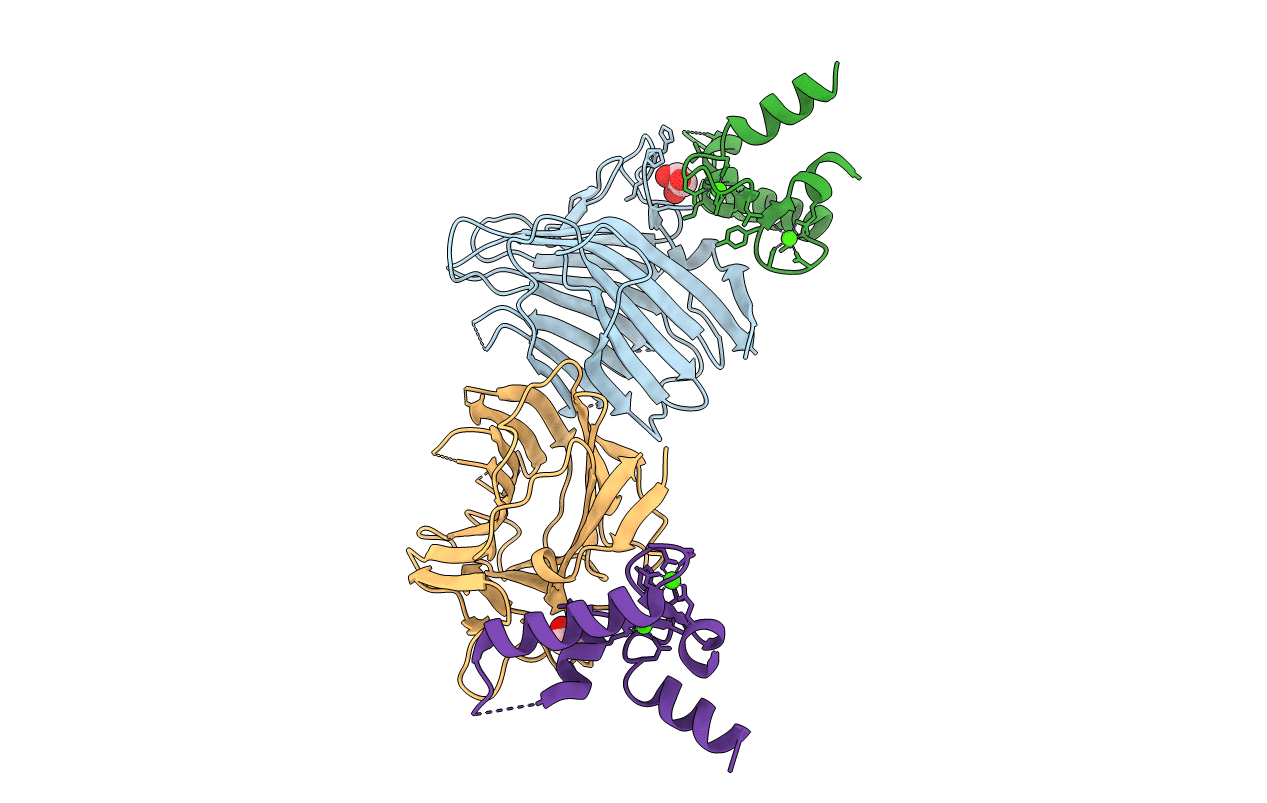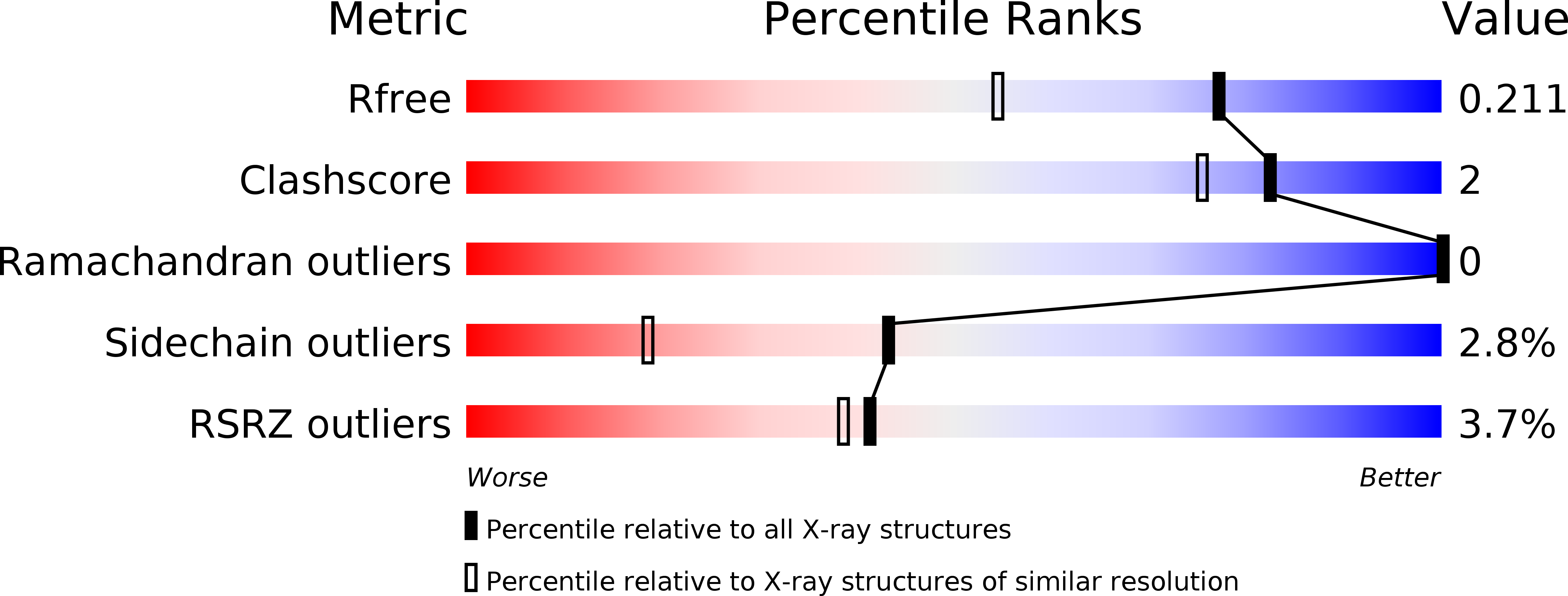
Deposition Date
2015-02-26
Release Date
2016-04-06
Last Version Date
2024-10-23
Entry Detail
PDB ID:
4YGB
Keywords:
Title:
Crystal structure of ERGIC-53/MCFD2, monoclinic calcium-free form
Biological Source:
Source Organism:
Homo sapiens (Taxon ID: 9606)
Host Organism:
Method Details:
Experimental Method:
Resolution:
1.60 Å
R-Value Free:
0.19
R-Value Work:
0.18
R-Value Observed:
0.18
Space Group:
P 1 21 1


